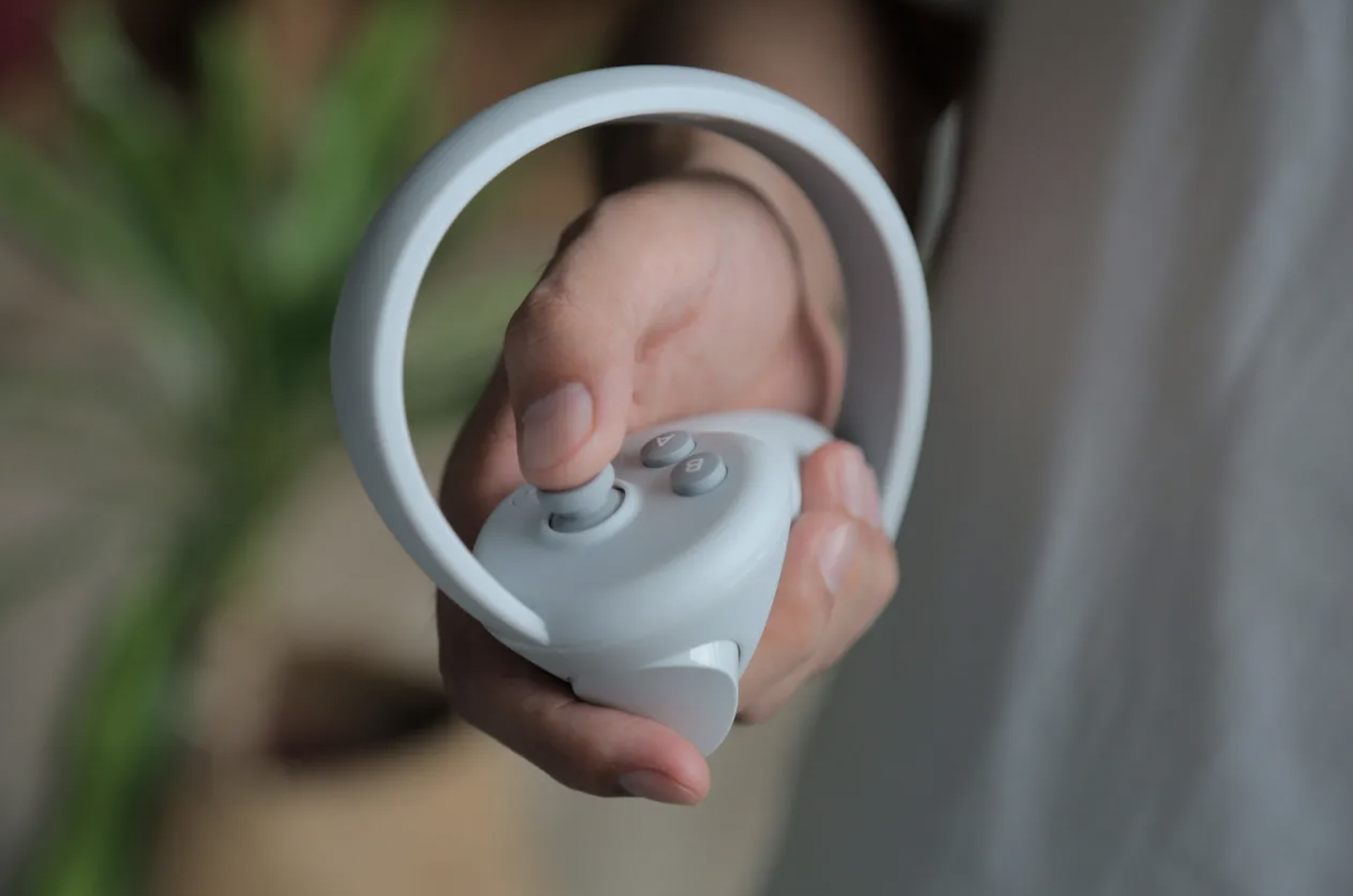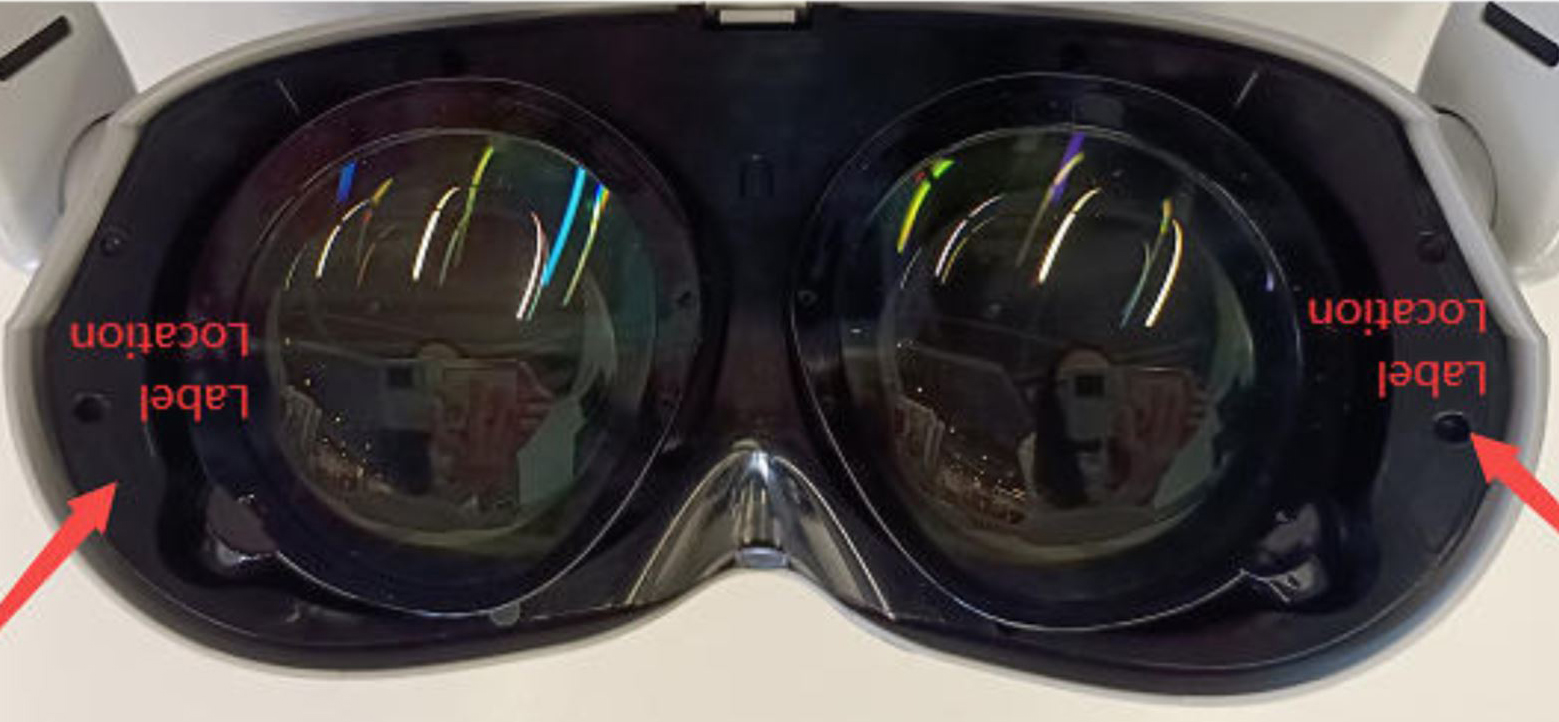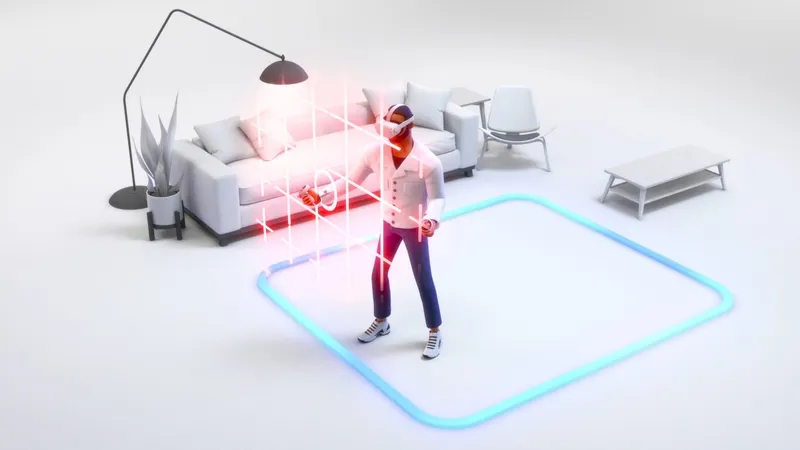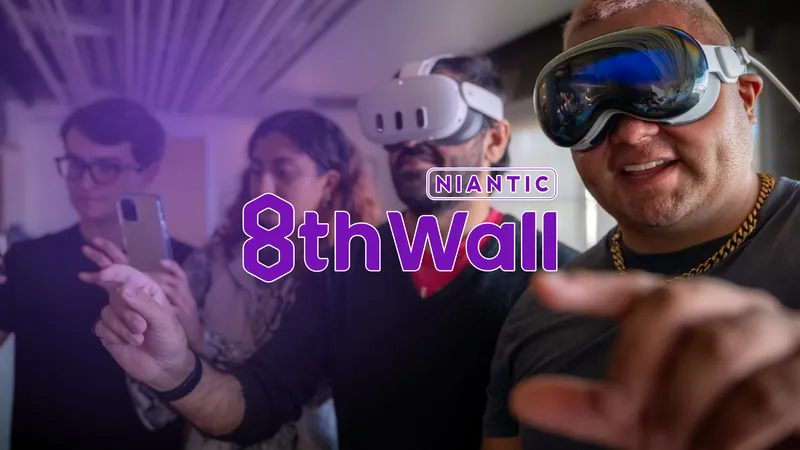A listing with the Bluetooth standard body reveals new features of the upcoming Pico 4 Pro.
ByteDance, the Chinese tech giant behind the TikTok app and Pico VR headsets, teased a successor to the Pico Neo 3 line when launching it to European consumers in April by saying it would give buyers a 35% discount “should there be another product that comes from Pico within the next 12 months”.
In July a US regulatory filing for ‘Pico 4’ and ‘Pico 4 Pro’ emerged, followed by apparent images of the controllers leaking.
An image in that regulatory filing appears to show pancake lenses, which support smaller panels with a shorter gap to the lenses and thus a slimmer headset design. The filing stated both models are identical except “additional eye tracking & face tracking function for Pico 4 Pro”.

Now, a listing with the Bluetooth Special Interest Group (SIG) reveals additional features of the headset. Here’s the full text:
Phoenix is Pico 4rd generation 6DOF head and controllers Premium VR All-in-one headset after Pico Neo 3.
The minimum display and optics making smaller, the higher resolution display and more clearest optics making more impressive vision experience. As a basic all-in-one device, it integrates a high quality RGB camera to unlock a new level Mix-Reality experience, the eye and face tracking making a more real avatar, the wide band LRA included in the controller to make the haptic experience more immersive.
With four cameras and many other sensors to enable not only head inside-out tracking , but also dual 6DOF controllers and hands gesture tracking at the same time, it includes automatically hardware IPD adjustment to adaptive user’s IPD to more accurate and comfortable vision experience
The spelling mistakes & poor grammar are likely due to this being a translation not meant for consumer eyes – ByteDance is a Chinese company.
The listing indicates Pico 4 Pro’s codename is Phoenix. It also seems to confirm it has smaller displays and lenses for a more compact design. It reveals the resolution has been increased over the Pico Neo 3, that it has a color camera for mixed reality, and that the controller has a linear actuator which would enable high fidelity haptics.
But the most unexpected revealed feature is automatic IPD adjustment, which means the lenses automatically move sideways to match the distance between the wearer’s eyes to maximize visual comfort. The only consumer headset to date with this feature is the $2000 PC-based Varjo Aero. Quest 2 and Pico Neo 3 only offer three preset lens separation distances, and the lenses have to be moved by hand. Automatic adjustment would be particularly useful for demoing the headset to friends & family because you wouldn’t need to guess their interpupillary distance.

Since the listing appears to be for Pico 4 Pro, it’s not clear how many of these features will also be present in the base Pico 4. However, given the July FCC filing described it as identical except for the face & eye tracking it’s reasonable to assume the base model will also have the higher resolution and color passthrough, but not the automatic IPD adjustment.
The biggest remaining question is how ByteDance plans to price the Pico 4 lineup. A Chinese analyst claims it will launch globally this month with a subsidy, but just how deep will this subsidy be? Will the base model match Quest 2’s $400 price with superior specs? And how will the Pro model’s price compare to the soon to launch Quest Pro? The answers to these questions will determine whether this will be the moment Meta faces true competition in the standalone VR market.


























